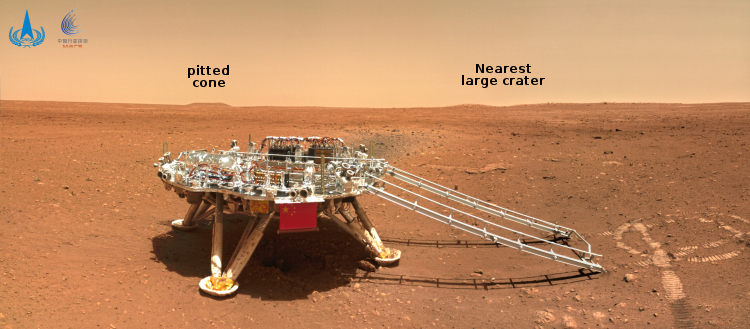FAA, local Texas DA, and environmental group out to get SpaceX and Starship
Two news articles today suggest that a number of government officials, environmental groups, and some news media are beginning to team up to damage SpaceX and hinder its ability to succeed.
First we have this Verge article, aimed at suggesting that SpaceX violated its launch license and ignored FAA warnings not to launch during a December 9th test flight of the eighth Starship prototype.
Minutes before liftoff, Elon Musk’s SpaceX ignored at least two warnings from the Federal Aviation Administration that launching its first high-altitude Starship prototype last December would violate the company’s launch license, confidential documents and letters obtained by The Verge show. And while SpaceX was under investigation, it told the FAA that the agency’s software was a “source of frustration” that has been “shown to be inaccurate at times or overly conservative,” according to the documents.
The article generally takes the side of the FAA, suggesting that SpaceX was lax and nonchalant about the risks relating to weather and launch conditions, and proceeded with its launch even though FAA officials thought it unsafe. It also quotes Wayne Monteith, the head of the FAA’s space division, blasting SpaceX for showing “a concerning lack of operational control and process discipline that is inconsistent with a strong safety culture,” claiming that FAA software showed a risk to nearby buildings and homes should the rocket explode in the air.
However, buried far down in the article it also notes,
» Read more
Two news articles today suggest that a number of government officials, environmental groups, and some news media are beginning to team up to damage SpaceX and hinder its ability to succeed.
First we have this Verge article, aimed at suggesting that SpaceX violated its launch license and ignored FAA warnings not to launch during a December 9th test flight of the eighth Starship prototype.
Minutes before liftoff, Elon Musk’s SpaceX ignored at least two warnings from the Federal Aviation Administration that launching its first high-altitude Starship prototype last December would violate the company’s launch license, confidential documents and letters obtained by The Verge show. And while SpaceX was under investigation, it told the FAA that the agency’s software was a “source of frustration” that has been “shown to be inaccurate at times or overly conservative,” according to the documents.
The article generally takes the side of the FAA, suggesting that SpaceX was lax and nonchalant about the risks relating to weather and launch conditions, and proceeded with its launch even though FAA officials thought it unsafe. It also quotes Wayne Monteith, the head of the FAA’s space division, blasting SpaceX for showing “a concerning lack of operational control and process discipline that is inconsistent with a strong safety culture,” claiming that FAA software showed a risk to nearby buildings and homes should the rocket explode in the air.
However, buried far down in the article it also notes,
» Read more











